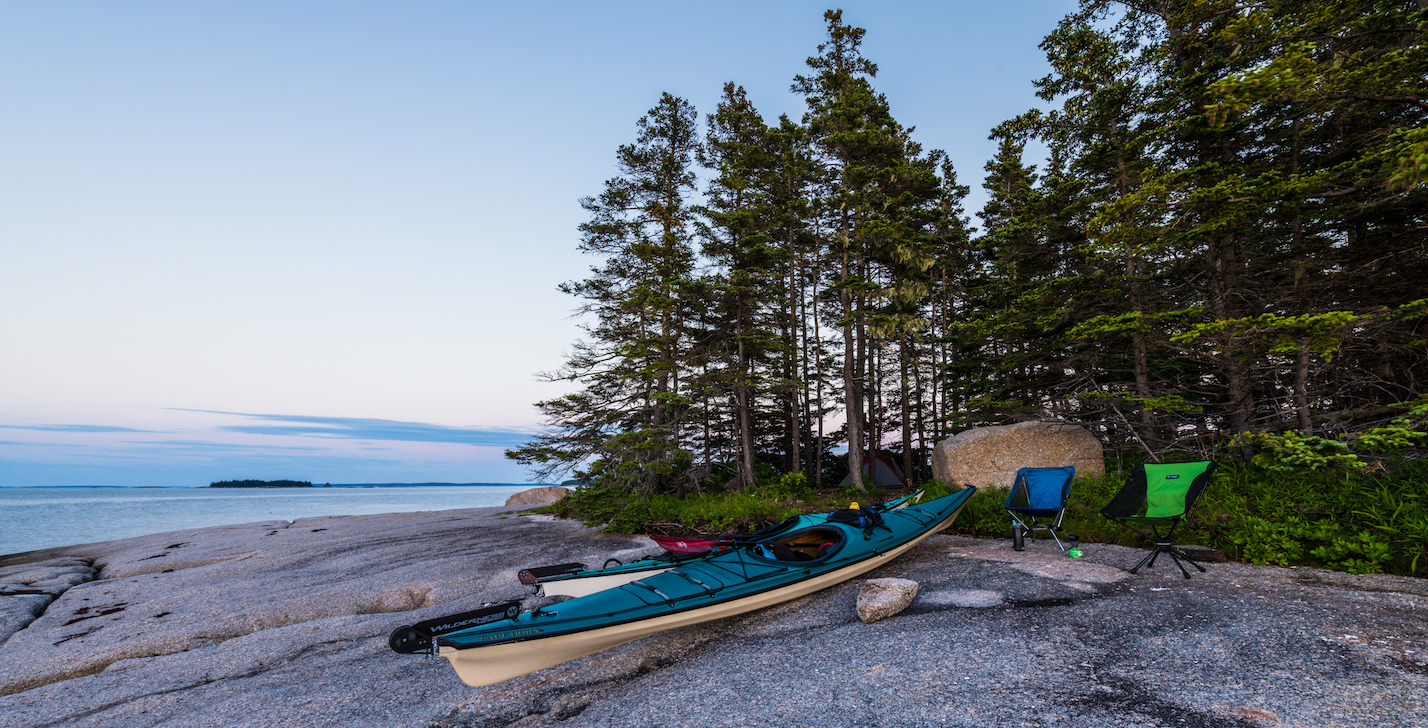Visiting Guidelines

Using the Trail
Being a responsible user of the Maine Island Trail islands means treating the islands with respect, and not leaving a negative impact that will degrade the island or have an impact on those who come to the island after you.
The Maine Island Trail Guide contains more information about lessening your impact on the islands and other ways to be a conscientious Trail user. Because sites are added to and removed from the Trail every year, and usage guidelines may change, it’s important to have a current copy of the Guide or App with you when you travel the Trail.
Safety on the Trail
Many of Maine’s islands are remote wilderness areas, and rescues from them require specialized skill and equipment that can take a long time to mobilize. Visiting islands safely requires diligence, knowledge, observation, and preparation. Please make sure that you have the appropriate level of skill, experience, and equipment for the island that you are choosing to visit. When in doubt, don’t go.
Proper Disposal of Human Waste
It is illegal to discharge untreated human waste into U.S. waters extending to three miles from shores. On islands, exposed waste is a biohazard and digging “catholes” is not appropriate due to shallow, easily eroded soils. MITA requests that all island visitors carry off solid human waste and dispose of it safely on the mainland.
General tips for human waste on islands:
– Choose a location with a privy or toilet. For those who are not adequately equipped or feel uneasy about carrying off human waste, we suggest visiting Trail sites that have a privy or staying at shoreside lodging with restroom facilities.
– Urinate on rocks or sandy areas away from camp or below the high tide line.
– Pack out your toilet paper. It is not as biodegradable as you might think.
Pack-it-out methods for human waste on the Trail:
– Personal disposable toilet products: These are plastic bag systems with chemicals that break down the human waste. Used bags can be deposited in mainland trash. Examples include the GO Anywhere Toilet Kit (formerly Wag Bag), the RESTOP, and the Biffy Bag.
– Boombox or Ammobox: These portable toilet-style devices are suitable for motor and sailboats. Appropriate disposal at marine pump-out stations.
– Crap wrap: For this method, you will need full-page sheets of newspaper and freezer-grade plastic storage bags (both sandwich and gallon size). Deposit your solid waste and used toilet paper on the lower third of the newsprint sheet and direct urine elsewhere. Holding the newsprint at the sides, fold up the bottom, fold in the outside edges, and complete folding it toward the top. Fit this package into the sandwich bag, squeezing out as much air as possible before sealing. Accumulate sealed sandwich bags in the gallon bag. When back ashore, dispose of the contents of the sandwich bags into a privy or campground waste facility.
– Tupperware party or bucket bowl: Any plastic container with a watertight lid (for individuals) or a five-gallon bucket with a tight lid (for groups or boaters with ample storage space). Line with an appropriately-sized plastic bag and fill one quarter of the container with seawater, kitty litter, sand or other inert material, and a porta-potty deodorizer to absorb odors. Back on shore, empty the contents into a privy and disinfect the container for future use.
Invasive Plants
The Maine Island Trail Association manages invasive plants on Trail sites based on their ecological impact and potential impact on the recreational experience. The most effective way to combat invasive plants is to find them before they are well established, so MITA focuses on early detection & rapid response. Island visitors can assist in this effort by serving as “invasive plant scouts”. Using identification resources from the Maine Invasive Species Network, visitors are encouraged to keep their eyes out for invasive plants and report suspected infestations to MITA.
If you find invasive plants on the Trail, please report the following to the MITA office by calling (207) 761-8225 or emailing stewards@mita.org:
- Name of Trail site
- Suspected Plant (photos are helpful for positive ID)
- Description of colony size (e.g. number of plants or an estimate of area covered)
- Nature of colony (e.g. scattered plants, dense thicket, vines covering trees, etc.)